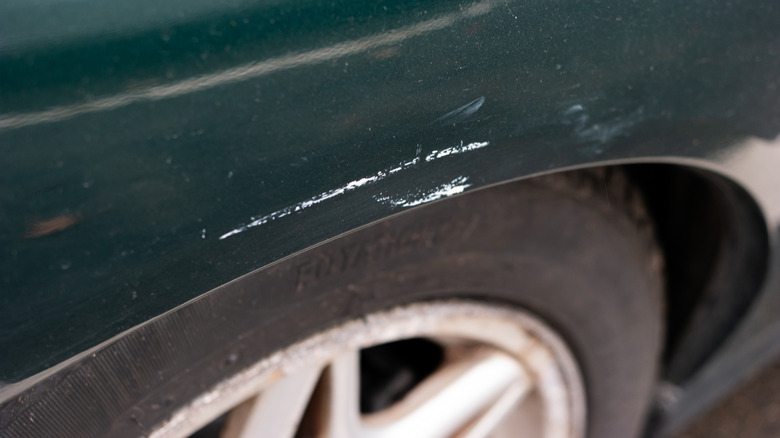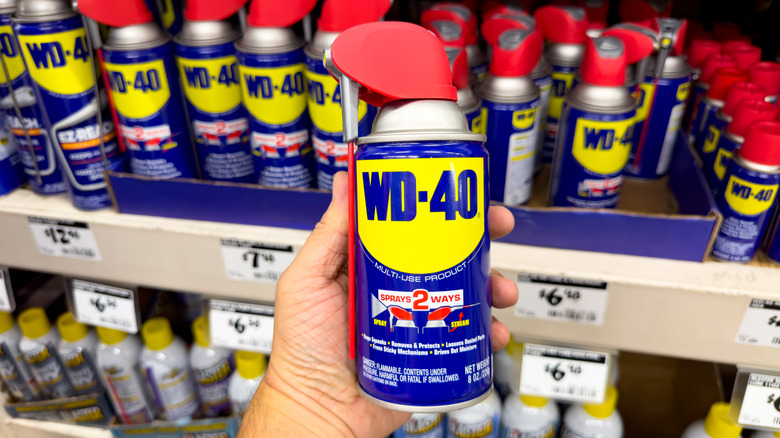Can WD-40 Remove Paint Transfer From Your Car?
We may receive a commission on purchases made from links.
Keeping a can of WD-40 is necessary for every car owner. With more than 2000+ uses around the home, worksite, or when working on your car, it can make mildly cloudy headlights look new again or remove crayon markings from walls. In a pinch, WD-40 can remove carbon buildup from carburetors or throttle bodies, and the solvents are also excellent for removing paint transfer or scuff marks from your car bumpers, doors, or fenders.
I've been using WD-40 since I got hooked on cars, and it does work in removing minor imperfections in car paint. For instance, it's one of the best for dissolving baked-on dead insects and bugs after a long road trip, making contaminants easier to remove without scratching or harming the finish. To some degree, WD-40 can remove asphalt or tar if you don't have a clay bar.
Moreover, years of car ownership taught me that WD-40 could also remove scuff marks or paint transfer, the type of surface damage where the paint from another object (or vehicle) has stained your car's paint. It happens to the best of us, and those scuff marks could be from minor collisions with objects, scraping against walls, or rubbing against other vehicles in tight parking spaces. However, there's a catch.
How to remove paint transfer using WD-40
The dealbreaker is WD-40 can only go so far in removing scuff marks. In addition, restoring the surface to near perfection requires more than just WD-40. Light sanding, applying compound, or polishing is usually better than using WD-40. However, as a first-aid measure for removing light paint transfer or scuff marks with no deep scratches or dents, WD-40 can remove some (or almost all) of the damage with minimal elbow grease.
The first step is to clean the damaged area with a damp microfiber towel to remove standing dirt or dust. Next, grab a can of WD-40 and spray the contents all over the paint transfer. Let the product soak for a few minutes before wiping aggressively with a dry microfiber towel. You can spray more WD-40 when the surface begins to dry. With any luck (and some good ole' manual labor), the WD-40 will break down the paint transfer while lubricating the surface to prevent swirl marks as you wipe.
I highly recommend Meguiar's Ultimate Compound for scuff marks or paint transfer, especially those that wouldn't buff away with WD-40. For more severe cases, a dedicated scratch remover or cutting compound like Meguiar's Mirror Glaze can make heavy swirls, fine scratches, and paint transfer disappear with a few repeated applications. Scuff marks with deep scratches, dents, or multi-surface damage may require professional repainting.

